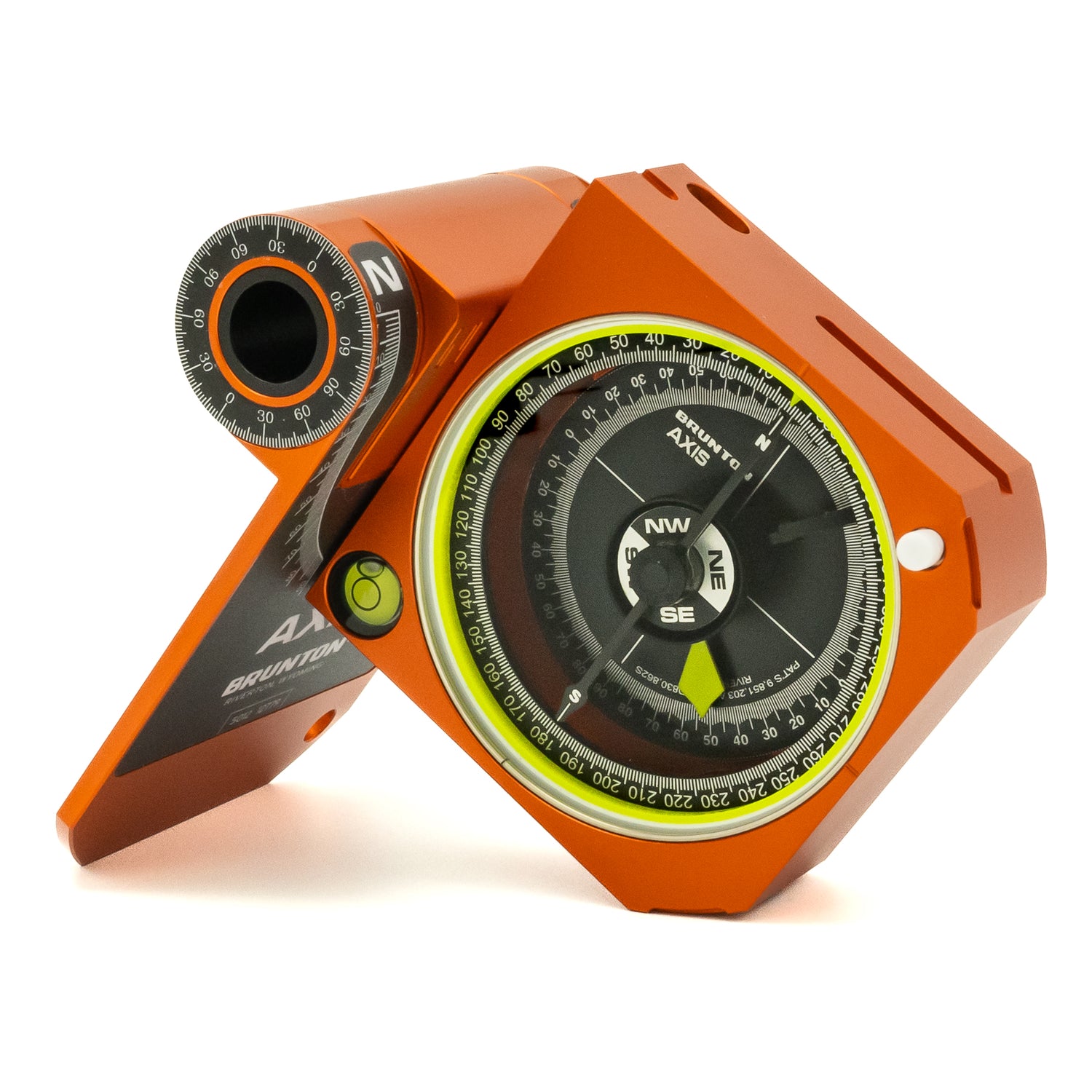A map and compass (and how to use them) often tops the list of backpacking essentials. The Brunton Basic Compass Clinics are the first in a series of bite size educational facts to make compass and map use easy and accessible. Our goal is to address any negative stigmas and anxiety around using a compass and map that is often a roadblock for both new and experienced outdoors people. We hope to remove these barriers and help people navigate outdoors with confidence.
The first part of the Brunton Basic Compass Clinic, we’ll introduce the different types of compasses and the different situations for each.
Compasses normally come in three different styles.
Baseplate Compass

The most typical compass is normally referred to as a Baseplate Compass. Baseplate compasses are a great introduction to learning navigational skills, and are lightweight enough to carry along in any backpack for any on-or-off trail adventure.
Mirrored Baseplate Compass

If you need additional precision or functions, the Mirrored Baseplate Compass, otherwise referred to as a Sighting Compass, is the best option. It offers more advanced sighting capabilities and often includes more advanced features like a clinometer for measuring heights or slope angle.
Lensatic Compasses

Finally, Lensatic Compasses are based on a classic US military compass and are trusted among military and paramilitary personnel. Similar to a Mirrored Baseplate Compass, a Lensatic Compass offers greater precision with it’s sighting features and specific sighting technique. The lid also makes a long edge that’s great for map work.
Want to know more basic compass information?
Check out our clinics with the link below, and make sure to check back as we are adding content.


